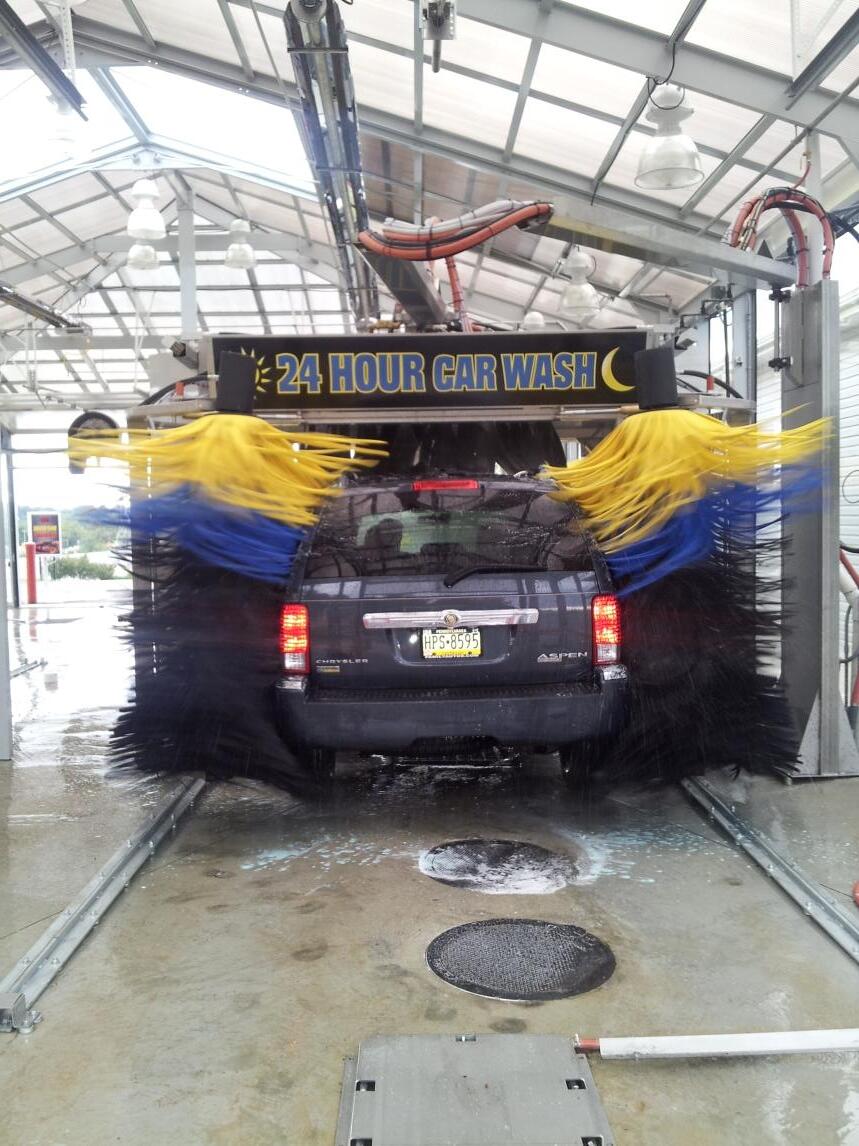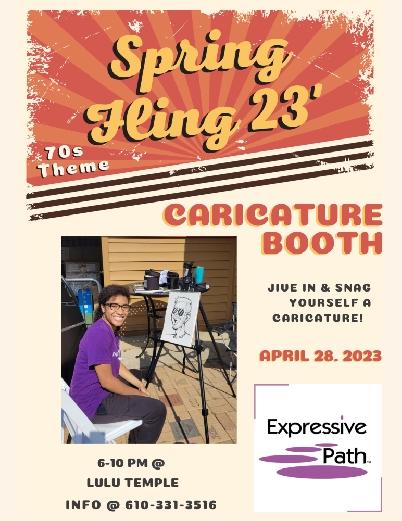
3 minute read
Spring Fling The 70s Benefiting Expressive Path

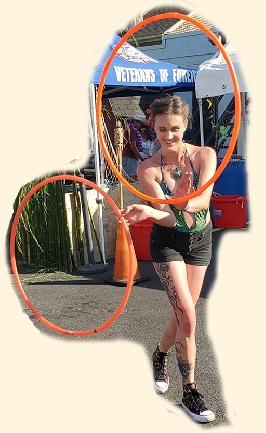
Advertisement
PLYMOUTH MEETING – Friday April 28th, Expressive Path will host our annual Spring Fling, at the LuLu Shriners, 5140 Butler Pike, Plymouth Meeting, PA 19426.
Expressive Path’s Annual Spring Fling will feature live music and art to benefit disadvantaged adolescents in our community. The theme this year is The 70s so come dressed in your best 70s look and enter the costume contest!
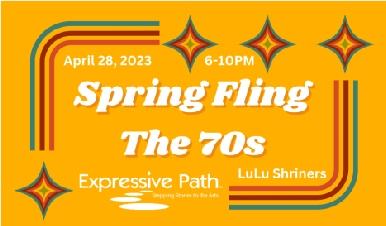
Spring Fling The 70s will be a fun family event, running from 6:00 PM to 10:00 PM. Tickets purchased during the presale are $50 and will be $60 after March 10th. Tables for 10 people can be reserved. All proceeds will directly support Expressive Path students.
Expect LIVE MUSIC from the Amazing Band Hindsight and the Super Talented Norristown Area High School Drumline, Dancing, Student Performances, Hula Hoop Dancer, Auctions, Caricatures, Painting, Games, Live Art, and Raffles! They will serve a DELISH dinner, yummy desserts, and food for vegetarians too! Beer, soda, food, water, and all activities are included in your ticket price.

Expressive Path is a non-profit mobile organization that provides creative art and music workshops, to disadvantaged teens ages 1219. They give students the opportunity to shine through workshops, performances, exhibitions, and community service. Expressive Path teaches in schools, nonprofit centers, churches, recreation centers, and the Montgomery County Youth Center comprised of adolescents residing in shelter or detention. Through support such as yours, Expressive Path boosts positive self-esteem by creating opportunities for teens to showcase their art in the community and providing the necessary tools. Expressive Path is proud to assist teens with funding to further their education in the arts. With your donations and attendance, Expressive Path can help keep underserved teens on the right track!
Learn more about Expressive Path on our website, expressivepath.org, Facebook, Instagram or LinkedIn.
Expressive Path welcomes donations to their Venmo @expressivepath, PayPal https://bit.ly/Donate4ExpressivePath
Gift cards are appreciated for raffle baskets.
GOLF ETIQUETTE Golf and the Environment
Few sports rely more heavily on nature than golf. However, environmentally friendly golf can sound like an oxymoron.
Environmentalists argue that golf courses disregard how their water requirements wreak havoc with watersheds, their synthetic chemicals decimate pollinators, their landscapes incorporate non-native species, and their golf carts and greenkeeping tools belch gas and pollutants.
But golf not only benefits our physical and mental health — it is in a unique position to be an ecological and economic asset for many communities.
Modern greenkeeping practices and technologies have made courses far more sustainable. Innovations include sophisticated irrigation systems that use recycled non-potable water, improved turf breeds with enhanced drought tolerance and disease-resistance, and the potential to rehabilitate degraded landscapes (mines, quarries, landfills) that are not suitable for other land uses.
When Matt Schiffer, golf course architect, civil engineer, and independent accredited sustainability verifier for the GEO Foundation thinks of the perfect golf course, he visualizes the Royal Dornoch Golf Club in Scotland.

(https://royaldornoch.com) Why?
“Dornoch is a gorgeous, ancient course (dating back to 1616) in a natural seaside environment. And it's a perfect example of how the most ecologically advanced approach to golf course design is grounded in the past. Links land originally existed between towns and the ocean. The soil was poor for farming, on land which was often used for sheep pastures and so was naturally wellfertilized and cropped short. Further, since this land is “commonly held” it is accessible and seamlessly integrated into the community. It's a vital asset for the townspeople.”
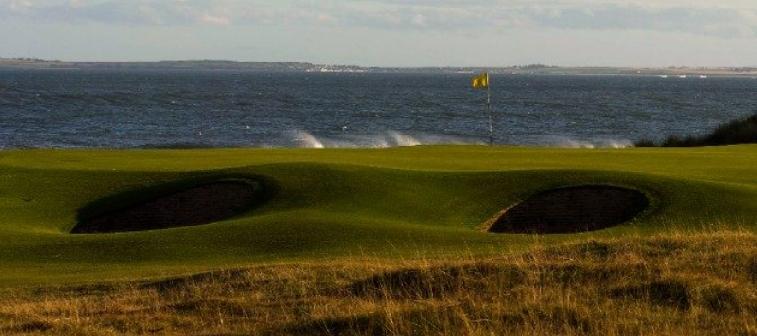
Even today the best soil for golf is sandy, never wet, and ideal for the kind of turf (fescues) that don't need a lot of fertilizer or pesticides. If you build a course on land with freely draining soil that's well-suited for dry conditions, you save massive amounts on modifications with earthworks, subsurface pipe, sand capping, etc.
Many newer courses are trying to become “greener.” Along with using recycle wastewater, they build irrigation ponds and protect natural wetlands on their properties. Some encourage native bir pollinators, and wildlife to reside ther restoring plants that are indigenous to the area on as much of the property as possible — particularly around water features. Several courses have even built small, floating islands with native plants for nesting birds.
More advanced options to lessen a course's carbon footprint include investing in electric carts, battery-powered greenkeeping tools, solar power, car charging ports in parking lots, and nonplastic products like bamboo tees and ball markers.
Clearly, there are many options to stimulate healthy eco-systems on golf courses. From the “Old Course” at St. Andrews, to the newest facilities in the Middle and Far East, careful planning can make golf courses better environmental stewards and strong community assets.
Like to join a great group of golfers? The Golf Tour of Greater Philadelphia is welcoming new players! Find information about our tours and tournaments at www.golftourphilly.org or contact TonyMcCarthy@golftourphilly.org.
*The Golf Tour of Greater Philadelphia (GTGP) is a locally-operated golf league for amateur golfers. We play competitive golf in a collegial atmosphere at a great price! GTGP is also an associate club of the Golf www.golftourphilly.org
TonyMcCarthy@golftourphilly.org 484.753.4914
